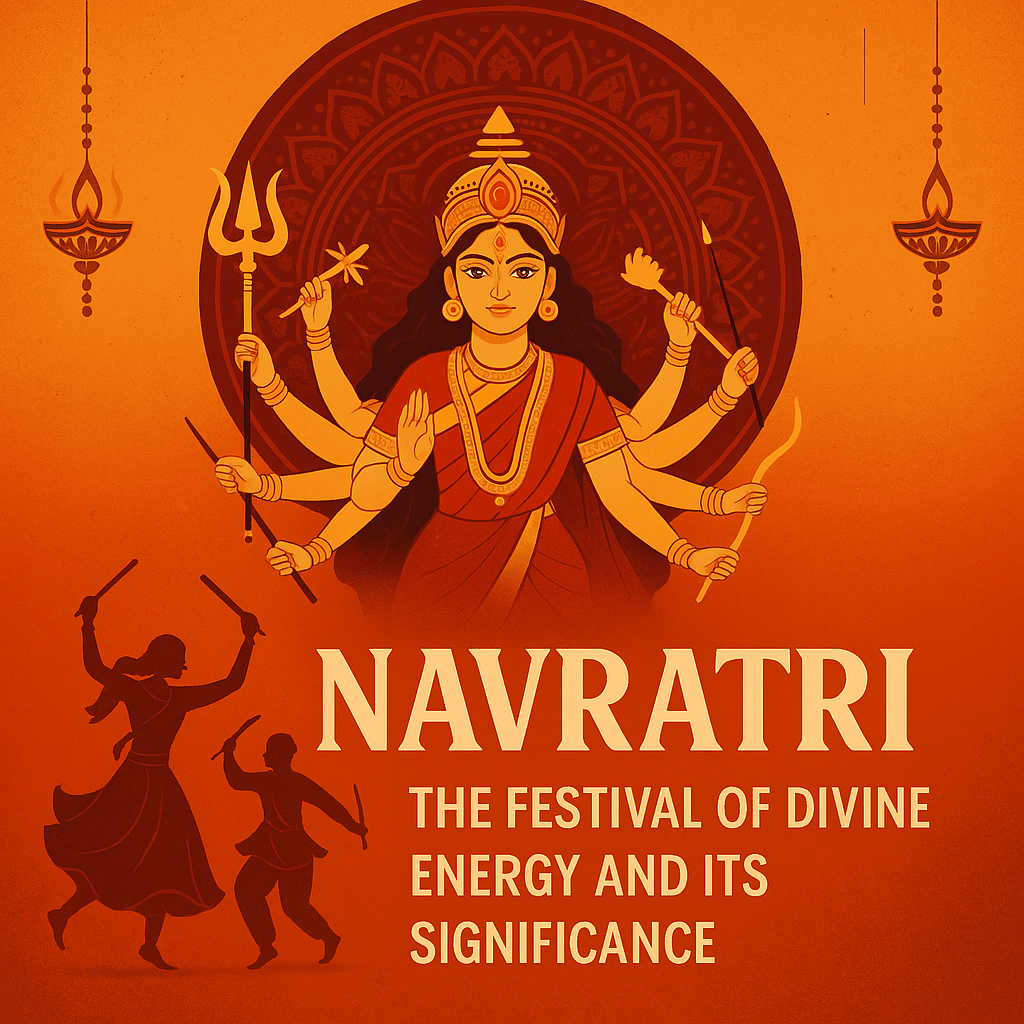
Let’s dive deep into the significance, types, traditions, and everything about Navratri!
📌 What is Navratri?
Navratri is one of India’s most vibrant and widely celebrated festivals, dedicated to the worship of Goddess Durga. Spanning nine nights and ten days, Navratri signifies the victory of good over evil and celebrates the different forms of the Goddess.
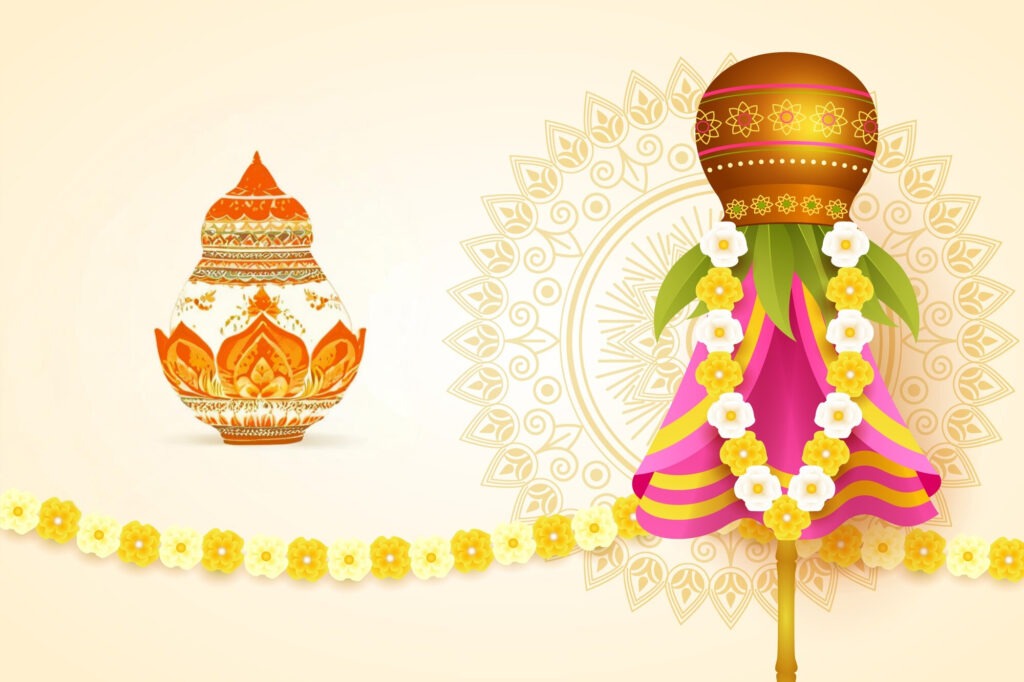
During this festival, people observe fasting, prayers, cultural performances, Garba and Dandiya Raas dances, and grand festivities across the country.
The word Navratri is derived from Sanskrit:
“Nav” means nine
“Ratri” means night
It is believed that during these nine days, the Goddess battles and ultimately defeats the demon Mahishasura, symbolizing the triumph of dharma (righteousness) over adharma (evil).
💡Why Do People Celebrate Navratri?
Navratri holds deep mythological and spiritual significance. Despite regional variations, the core belief remains the same: The victory of good over evil.
Mythological Story of Navratri
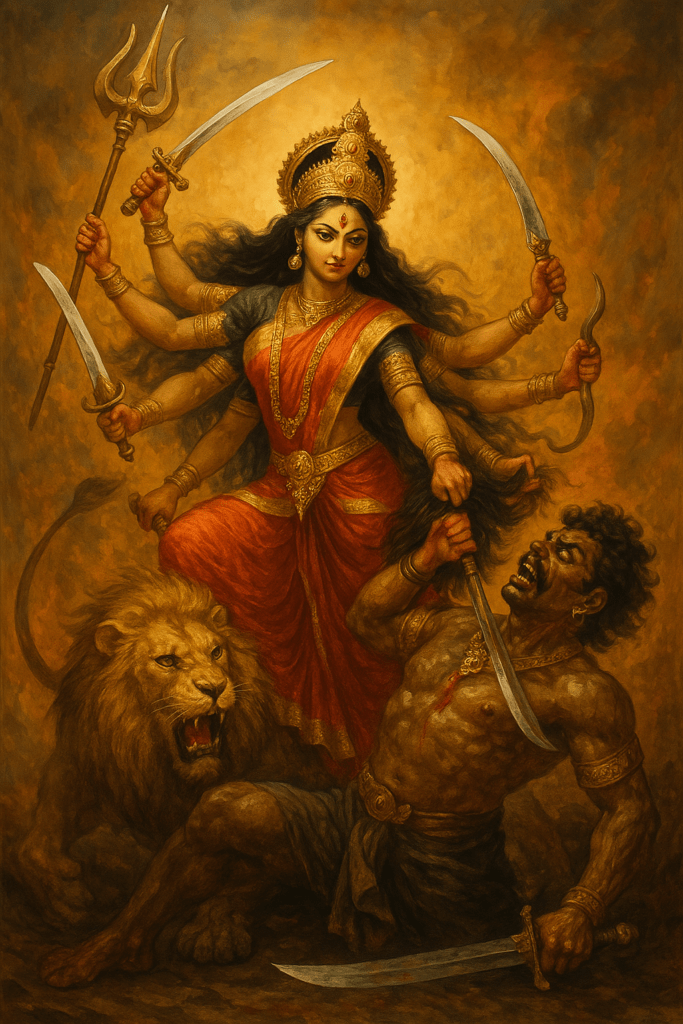
The most popular legend behind Navratri is the battle between Goddess Durga and Mahishasura. Mahishasura, blessed with a boon making him nearly invincible, terrorized the three worlds.
To defeat him, the Tridev (Brahma, Vishnu, and Shiva) combined their powers to create Goddess Durga, the embodiment of Shakti (divine energy). She battled Mahishasura for nine nights and ten days and ultimately defeated him on the tenth day, celebrated as Vijayadashami or Dussehra.
📆 Types of Navratri Celebrated in India
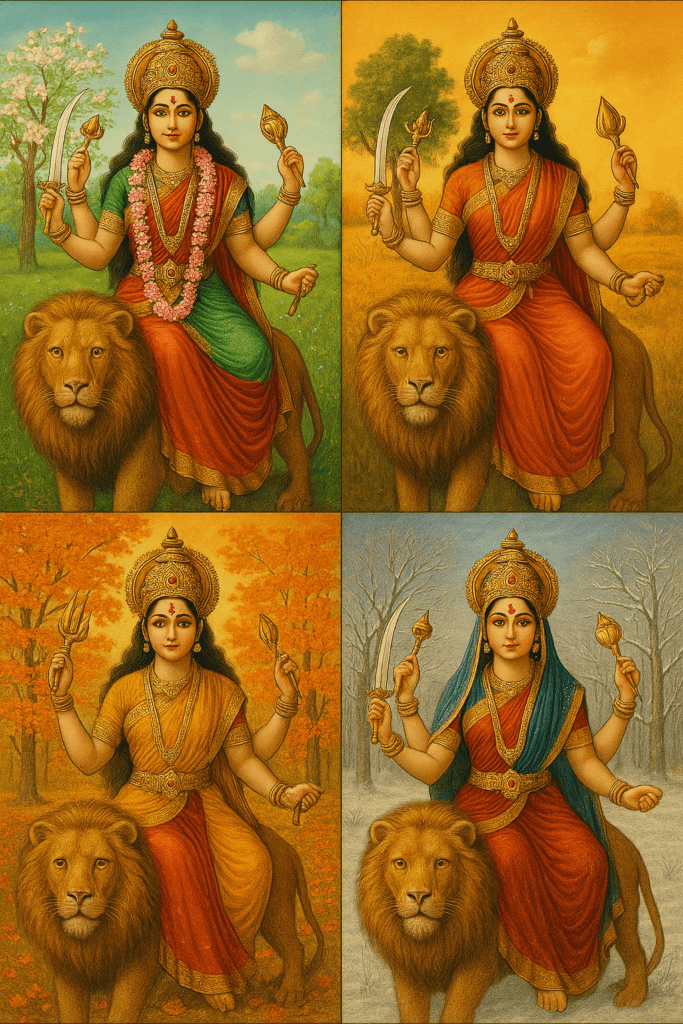
There are four types of Navratri, but the most popular one is Sharad Navratri.
1. Sharad Navratri (September - October)
- The most widely celebrated Navratri, occurring in the month of Ashwin (September-October).
- Marks the victory of Durga over Mahishasura.
- Ends with Dussehra, symbolizing the defeat of Ravana by Lord Rama.
- Celebrated with Garba, Dandiya, Ramlila, and Durga Puja.
2. Chaitra Navratri (March - April)
- Celebrated in the month of Chaitra (March-April).
- Marks the Hindu New Year in many states.
- Concludes with Ram Navami, the birthday of Lord Rama.
3. Magha Navratri (January - February)
- Celebrated in the month of Magha (January-February).
- Known as Gupta Navratri, mostly observed by spiritual seekers.
4. Ashadha Navratri (June - July)
- Celebrated in the month of Ashadha (June-July).
- Also known as Gupta Navratri, similar to Magha Navratri.
🌸 Nine Days of Navratri: Forms of Goddess Durga
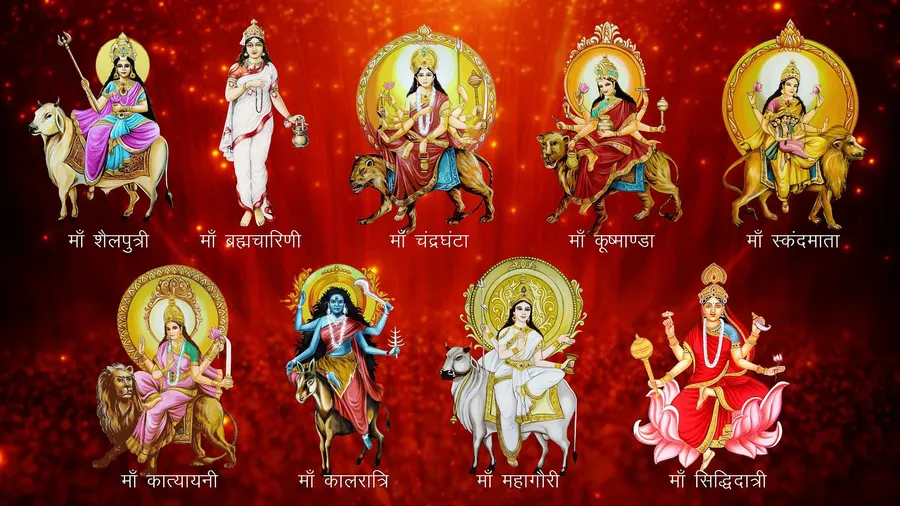
| Day | Goddess | Color | Symbolism |
|---|---|---|---|
| Day 1 | Shailputri | Yellow | Strength and stability |
| Day 2 | Brahmacharini | Green | Penance and devotion |
| Day 3 | Chandraghanta | Grey | Warrior Goddess, destroyer of evil |
| Day 4 | Kushmanda | Orange | Creativity and power |
| Day 5 | Skandamata | Yellow | Nurturer of wisdom |
| Day 6 | Katyayani | Green | Fierce protector |
| Day 7 | Kalaratri | Grey | Destruction of negativity |
| Day 8 | Mahagauri | Purple | Peace and purity |
| Day 9 | Siddhidatri | Peacock Green | Wisdom and enlightenment |
Each of these colors is believed to bring positive energy and blessings to devotees.
🎉 How is Navratri Celebrated Across India?
Gujarat: Famous for Garba & Dandiya Raas.
West Bengal: Celebrated as Durga Puja with massive idols and immersion on the 10th day.
North India: Observed with Ramleela plays, fasting, and Kanya Pujan.
Maharashtra: Marked by Ghatasthapana and daily prayers.
South India: Celebrated with Bommai Golu (doll displays) and music festivals.
Learn more about regional celebrations on Navratri Traditions Around India. ✅
🍲 Why do people fast on Navratri?
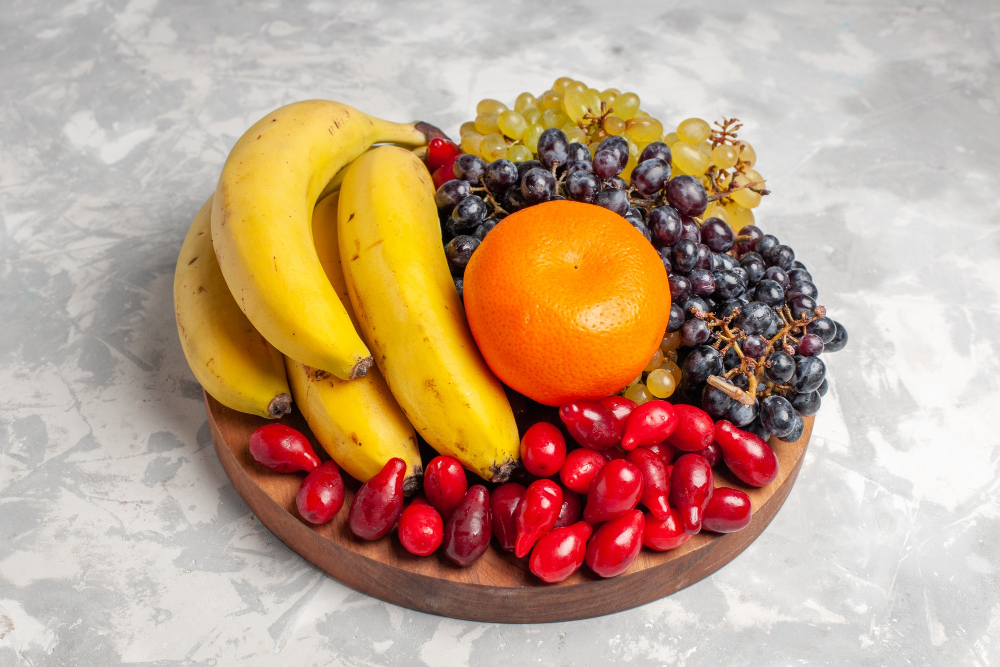
Devotees observe fasting with special foods:
Sabudana Khichdi
Kuttu & Singhara flour chapatis
Fruits, dry fruits, makhana
Sendha Namak (rock salt)
Religious Significance:
Navratri is dedicated to worshipping Goddess Durga and her nine forms. Fasting is seen as a way to purify the body and mind, helping devotees connect with the divine.
It symbolizes self-discipline and devotion, making it easier to focus on prayers and meditation.
🌸 Mythological Belief:
According to Hindu mythology, fasting during Navratri pleases the goddess, bringing prosperity, health, and protection from evil.
It commemorates the victory of Goddess Durga over the demon Mahishasura, symbolizing the triumph of good over evil.
🌸 Health Reasons:
Navratri usually falls during seasonal changes (March-April & September-October). Fasting helps detoxify the body and improve digestion, especially when immunity might be low during these transitions.
The traditional fasting diet includes fruits, vegetables, dairy, and certain grains, which can be beneficial for health.
🌸 Cultural Tradition:
It’s also a way of preserving age-old traditions and customs passed down through generations.
🌸 Personal Discipline & Spiritual Growth:
Fasting is believed to enhance self-control, focus, and spiritual growth.
💪 Navratri & The Spirit of Devotion
Navratri is not just about festivities—it is a time for self-reflection, devotion, and rejuvenation. It brings communities together, fosters spiritual growth, and reminds us that light always prevails over darkness.
As we celebrate Navratri, let’s embrace its essence and seek the blessings of Goddess Durga for a life filled with strength, wisdom, and happiness! 🙏✨
🌟 Final Thoughts
Navratri is an experience of faith, joy, and divine energy. Whether through fasting, dancing, or worshiping, the spirit of Shakti remains alive in every heart.
May Goddess Durga bless you this Navratri! 🙏✨
